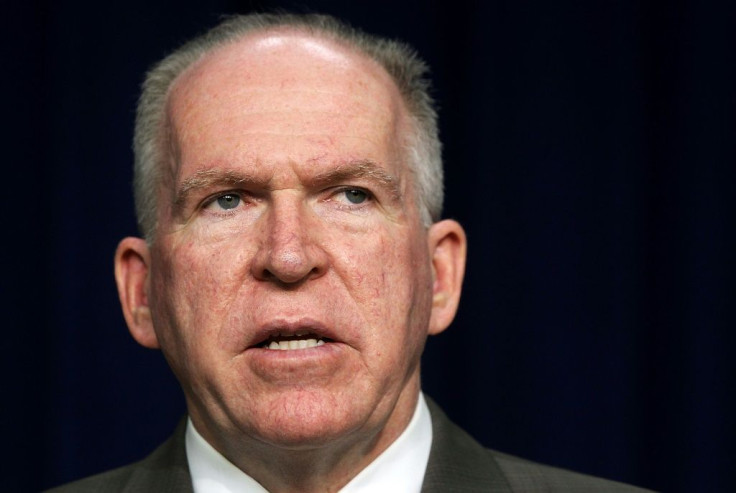Ex CIA Chief Brennan On Getting Bin Laden: High Doubts, High Risk
On the eve of the ninth anniversary of the September 11 attacks, the CIA told president Barack Obama they had the best lead in years to find the mastermind, Al Qaeda leader Osama bin Laden.
They had tracked a high-level Al Qaeda courier to a house in Abbottabad, Pakistan, and believed it could take them to bin Laden. It turned out he was living there.
Former CIA director John Brennan, then Obama's chief counterterrorism advisor, told AFP about what he called the "most intense, secretive, and well-planned" operation of his career: the high risk Special Forces raid on May 1, 2011 that killed Bin Laden.
The CIA cautioned that its intelligence needed corroboration, yet there was excitement at the briefing over the possibility of finally getting America's most wanted fugitive.
"(We) aspired to find the man and to give those victims of 9/11 the justice they deserved," Brennan said.
Over the following months, CIA observers grew more convinced that a tall, bearded figure seen taking walks inside the compound -- they called him the "Pacer" -- was bin Laden, although they had no clear view of his face.
By late December, Obama was ready to act. Amid intense secrecy, White House officials began mulling an operation around a tabletop-sized model of the compound.

One choice -- a pinpoint missile strike -- could leave them without proof that they had killed bin Laden.
The second option, a helicopter assault on a moonless night, carried huge risks.
US soldiers could die in a firefight or be caught in a clash with Pakistani forces -- who weren't warned about the raid -- defending their territory against the incursion.
As preparations advanced in early 2011, a senior CIA bin Laden expert was 70 percent certain the Pacer was their man, while a separate "red team" review put the probability at only 40 percent.
But there was still no positive ID.
"We didn't have as much intelligence as we would have liked, certainly," Brennan said.
Still, he added, "there was nothing that contradicted the view that this was bin Laden. And that is what we were looking for, any indication that the Pacer was somebody other than bin Laden."

On Thursday, April 28, 2011, Obama met senior officials in the underground White House Situation Room.
"Obama wanted to hear everybody's view," Brennan recalled. Those against the raid included defense secretary Robert Gates and then-vice president Joe Biden but most were in favor, in what they recognized was a "close call."
The next morning Obama gave the go-ahead for a Special Forces raid on Sunday afternoon, US time, as Brennan continued to review the plan.
"You keep going over and over in your mind, making sure that not only what you had done to date, but also what was going to happen the next day, that you were confident that every possible aspect of this was considered," Brennan told AFP.
Top security and defense officials gathered in the Situation Room on Sunday to prepare.
As the helicopters left Afghanistan for the 90-minute flight to Abbottabad, the officials drifted to a cramped side room where Brigadier General Brad Webb monitored the action on a laptop, communicating in real time with Special Operations chief Admiral Bill McRaven.
A famous White House photograph shows Obama, Biden, Brennan and the other officials crammed shoulder to shoulder around Webb, nervously watching video in silence as the raid unfolded.
One of the two helicopters had crash-landed, and a backup would have to fly in. There was no video feed from inside the compound itself.
After about 20 minutes, "McRaven got from the assaulters the phrase, 'Geronimo Geronimo,'" Brennan said. Bin Laden was dead.
The main reaction was relief, he recalled. "There was no clapping or applause or celebration. It was a sense of accomplishment."
Brennan recognizes that it was a risky operation.
"But as the president said, even if the chances were 50-50, it was a far, far better chance than the US ever had previously to get bin Laden," he said.
"It was absolutely the right risk to take at the right time."
© Copyright AFP 2024. All rights reserved.





















